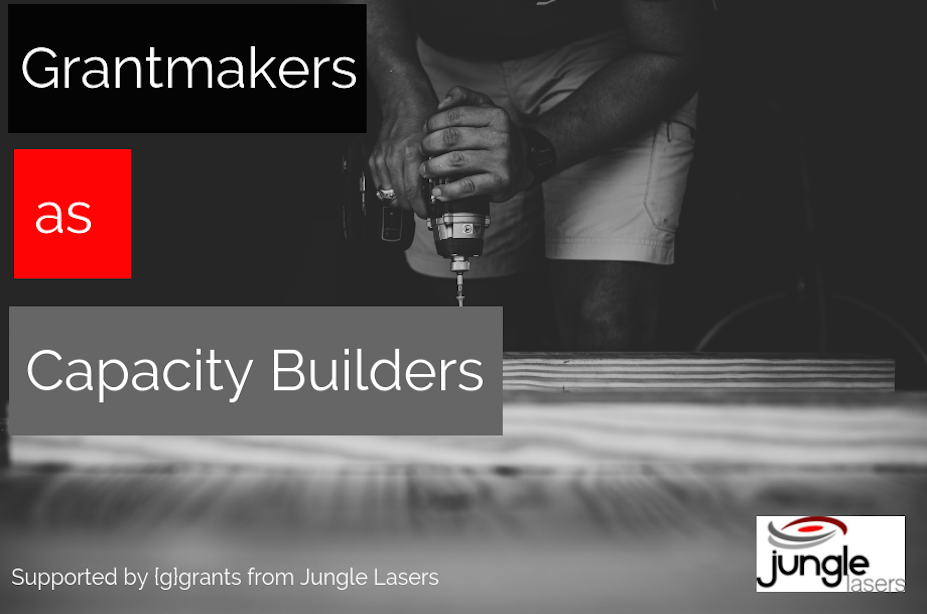Have you ever tried to assemble a piece of furniture with hundreds of steps, missing pieces, and just a little bit of blood, sweat, and tears? This analogy is comparable to the everyday struggles of managing a nonprofit organization. It’s especially relevant for small to mid-sized organizations. Having well-meaning individuals committed to the mission of the organization is part of the blueprint of success. However, sometimes all parts are not included, and some assembly is required.
The Possibilities of Capacity Building
Grantmakers can often get frustrated when grant partners are not always able to deliver metrics. However, in some cases the blame game is ineffective since there are additional opportunities grantmakers miss that can help set grantees up for success.
Many nonprofits are generally aware of what prevents them from getting to the next step of success and organizational effectiveness. These next steps may include purchasing a new software system, providing additional training to fundraising staff, or investing in a strategic planning process. Organizations tend to be aware of where they could grow stronger in order to succeed in service and program delivery.
Grantmakers are uniquely positioned to assist in building the bridge from “what is” to “what could be” through investing in capacity building. The National Council of Nonprofits defines capacity building as an “investment in the effectiveness and future sustainability of a nonprofit.”
Ways to Provide Support
One major shift that grantmakers consider is the full cost associated with delivering effective services. This shift results in many foundations supporting operational costs (staff, programs, etc.), since organizations are unable to operate programs without people and place to provide services. Grantmakers often invest in the programs of an organization they fully support. However, funding is often arbitrarily restricted to a certain aspect that assists in making the overall organization successful. General operating dollars are one of the most effective strategies to support grantees. This strategy authorizes them to spend funding on the highest need. Additionally, it saves them time from restructuring their budgets to account for operational expenses.
Technical Assistance and Training
Another way grantmakers can provide capacity building support is through technical assistance and training programs. The grantmaker can provide technical assistance directly to organizations when it comes to completing applications. In some cases, program officers may have years of experience in the nonprofit sector. Grantmakers must be mindful of the power dynamic between funder and grantee. However, creating the space for conversations and brainstorming can be a valuable resource for organizations.
Lastly, another simple capacity building effort that grantmakers can employ is funding training opportunities. There are great outlets for nonprofit training in the United States. However, many small organizations focus on putting money into their programs and not their staff. Dedicating a portion of your grantmaking dollars strictly to requests for training can truly enhance the capacity of many organizations. In addition, dynamic speakers and trainers are available all over the country. However, a single organization often lacks the capacity to bring in a speaker solely for their benefit. A solution to this might be to fund national speakers to come present once per quarter at a local community theatre. This provides all nonprofits in the region an opportunity to invite and send their staff and board for free.
Some grantmakers are hesitant to engage with capacity building since they believe it is too large of an investment of time or energy. However, this blog showcases that a little can go a long way.
Download our guide to learn more about some of the best practices in implementing capacity building programming into your grantmaking organization.
Would you like to see more from Jungle Lasers? Subscribe to our blog!


Leave A Comment